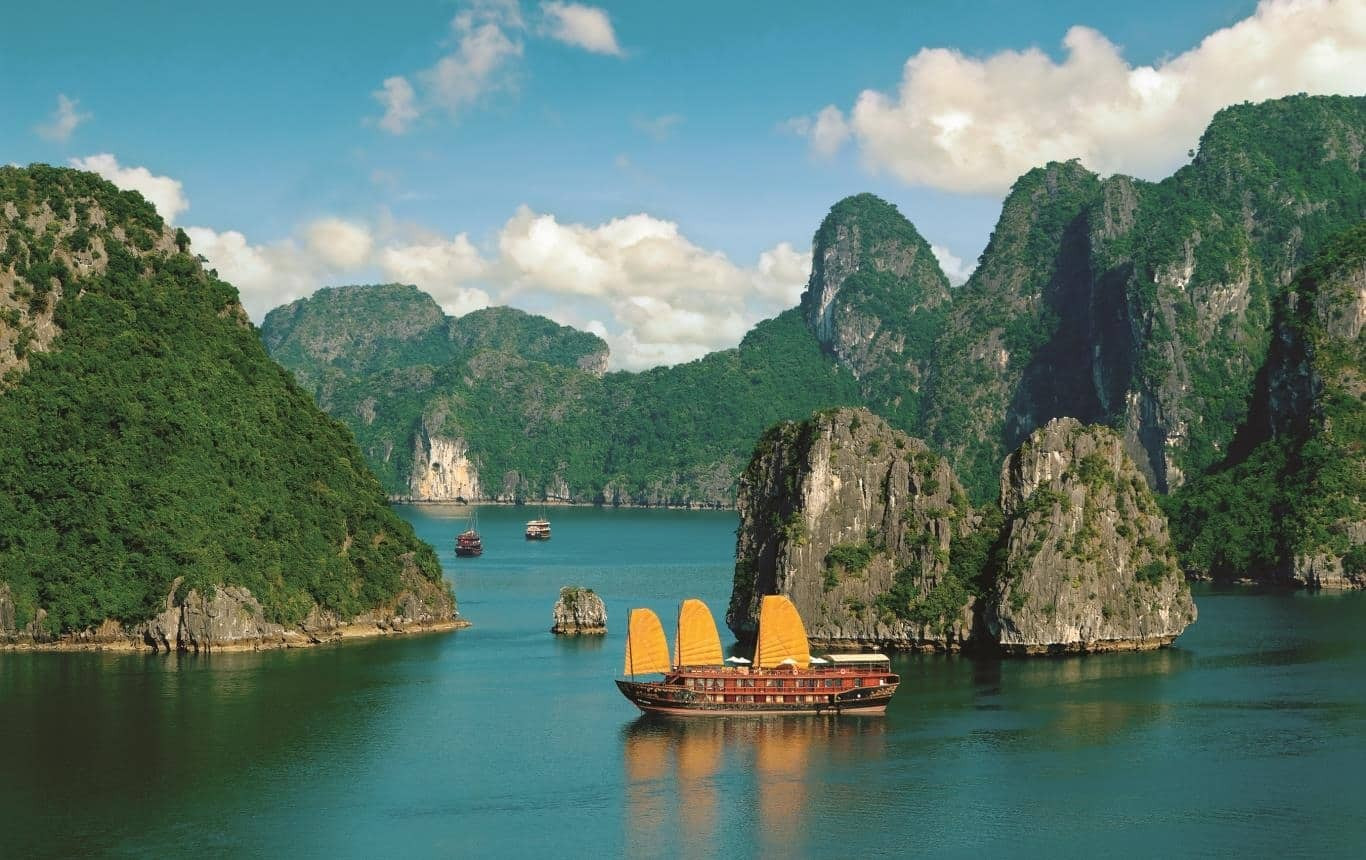
By 2050, Ha Long Bay is planned to become a national marine reserve.
Ha Long Bay is a UNESCO-recognized world natural heritage, famous for its thousands of majestic limestone islands and diverse marine ecosystems. This place not only has landscape value but also a priceless cultural and biological treasure, the pride of Quang Ninh province and Vietnam.
Ha Long Bay possesses global geological and geomorphological beauty along with an extremely rich and diverse ecosystem. According to the Ha Long Bay Management Board, the biological world in Ha Long Bay is very diverse and abundant, with a full concentration of terrestrial, aquatic, low-level and high-level organisms living in 10 different marine and forest ecosystems. Up to now, nearly 3,000 species of flora and fauna have been recorded in the area, including 507 terrestrial plant species, 278 phytoplankton species, 141 zooplankton species, 110 coral species, 156 marine fish species, 71 bird species, 53 mammal species... The diversity of terrestrial and aquatic species has shown the biodiversity picture of Ha Long Bay, making Ha Long Bay the area with the largest number of known species in Vietnam.
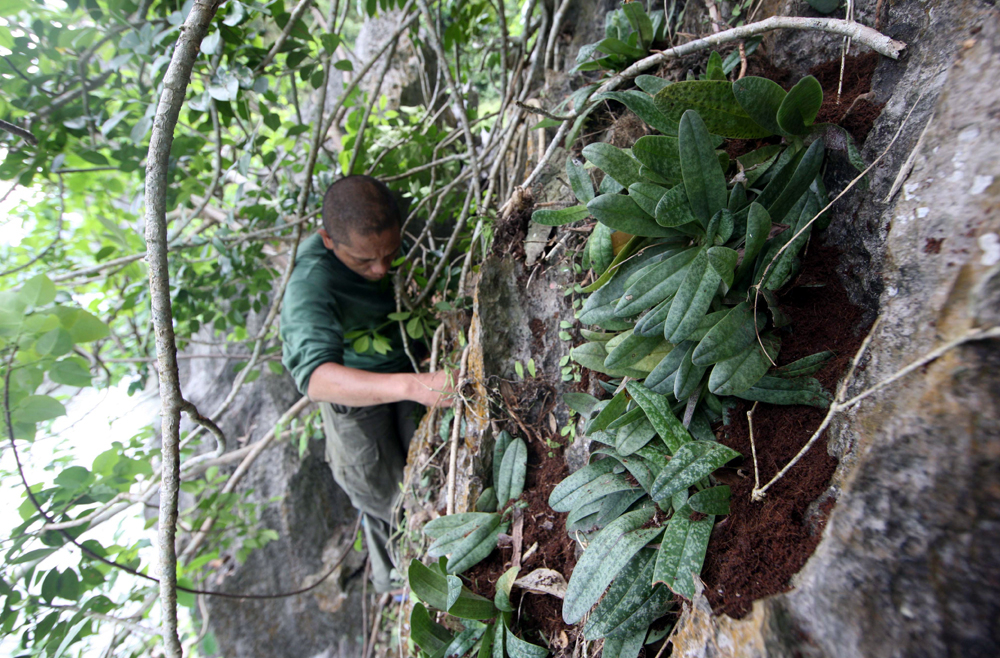
Ha Long Bay has many endemic plants. Photo: Ha Phong
In addition, Ha Long Bay is also diverse in genetic resources. Many species living in Ha Long Bay have endemic, rare, medicinal or high economic value genetic resources. Currently, scientists have identified 102 species that are threatened at different levels (64 animal species and 38 plant species).
Some groups of organisms are small in number but most of them have endemic gene sources of Ha Long Bay, typical of which are: Ha Long cave carp, Ha Long cave crab, Alpheoid shrimp, long-legged centipede... and 17 endemic plant species have been announced.
In addition, some other genetic resources are natural medicinal resources, with a preliminary estimate of about 357 species of plants and nearly 100 animals that can be used as medicine. Some genetic resources have high economic value, are specialties for food and handicraft export such as: abalone, snail, snail, jumping snail, clam, geoduck, shrimp, crab, sea cucumber, pearl oyster, etc.
Faced with pressure from tourism development and exploitation activities, the protection of Ha Long Bay has become urgent. According to Decision No. 389/QD-TTg dated May 9, 2024, the Prime Minister approved the planning of part of the core zone of Ha Long Bay into a national marine protected area.
The establishment of a Marine Protected Area is an important solution to preserve the integrity of the elements that create heritage values and is also a solution to promote those values in a sustainable way. When established, the Ha Long Bay Marine Protected Area will bring many great benefits in environmental protection and biodiversity. The Protected Area will become an important shield, helping to control waste sources, restore coral reefs, seagrass beds and protect rare species from climate change, pollution and overexploitation. This helps maintain ecological balance and sustainable aquatic resources. At the same time, the Marine Protected Area will contribute to the development of sustainable ecotourism. This will create a premise for developing tourism models associated with conservation, raising awareness of the community and visitors. This will not only help Ha Long Bay maintain its special attraction but also bring long-term economic benefits.
On August 12, the Ha Long Bay Management Board held a consultation workshop on the establishment of a new Ha Long Bay Marine Protected Area with the participation of representatives of specialized units under the Ministry of Agriculture and Environment; scientists, experts and relevant units, departments and branches of the province.
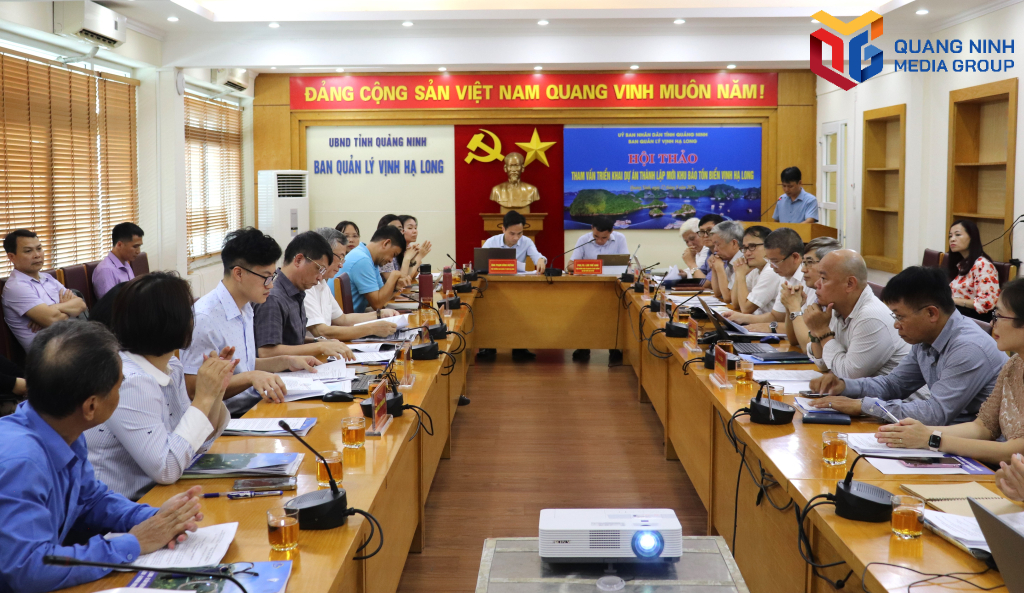
Consultation workshop on the establishment of a new Ha Long Bay Marine Protected Area. Photo: Hoang Quynh
At the workshop, managers, experts and scientists shared the results and lessons learned in establishing and sustainably managing the system of marine protected areas in Vietnam. At the same time, updated scientific information on the current status of biodiversity in Ha Long Bay, especially marine biodiversity. Experts also discussed the legal basis, management model and necessary factors for establishing the Ha Long Bay Marine Protected Area; proposed feasible, effective and practical solutions to harmonize the objectives of management, conservation and promotion of outstanding global values, the objectives of nature conservation and biodiversity with the strategy of developing a blue marine economy.
The organization of the workshop is a positive movement, contributing to the orientation of the project to establish a new Ha Long Bay Marine Protected Area, bringing this process into practice with full scientific basis and sustainability. Thereby, demonstrating the determination of Quang Ninh province in protecting the heritage, thereby contributing to enhancing the position of Ha Long Bay in the eyes of international friends.
Quang Ninh Province is striving to harmoniously combine conservation and development, ensuring that the beauty and biological value of Ha Long Bay are preserved intact for future generations. When conservation work is carried out in parallel with ecotourism development, Ha Long Bay will continue to maintain its special appeal, bringing both economic benefits and ensuring the sustainability of a world-recognized natural heritage.
Aquarius
Source: https://baoquangninh.vn/nang-tam-gia-tri-di-san-qua-viec-thiet-lap-khu-bao-ton-bien-vinh-ha-long-3360880.html










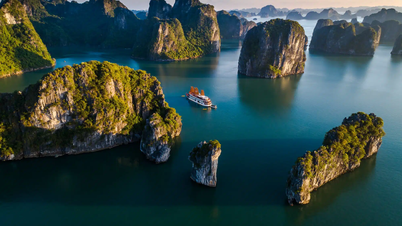

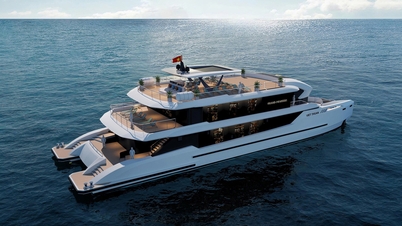

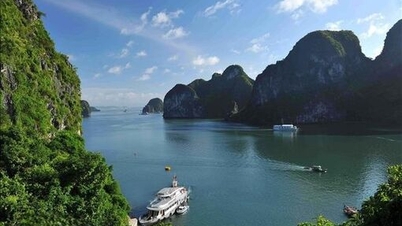

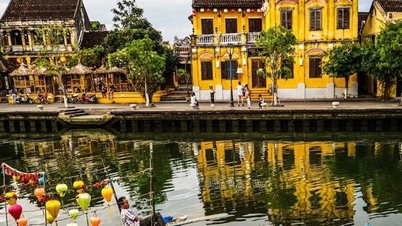






















































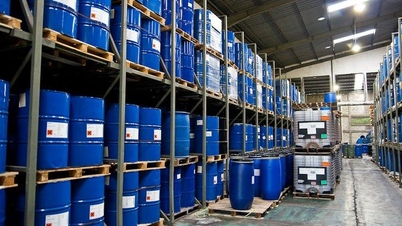

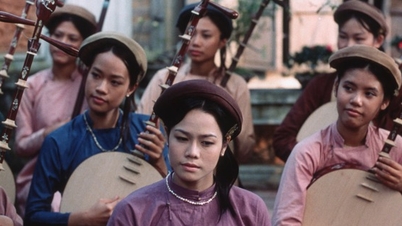


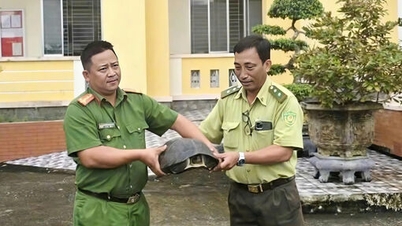

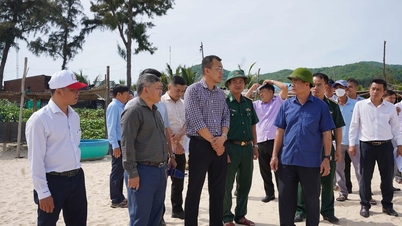

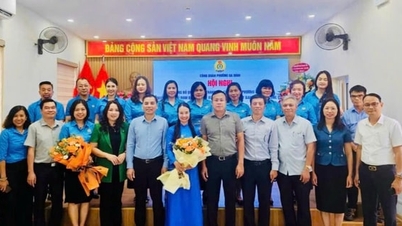



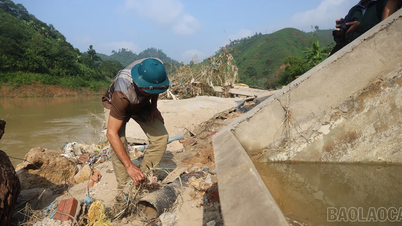







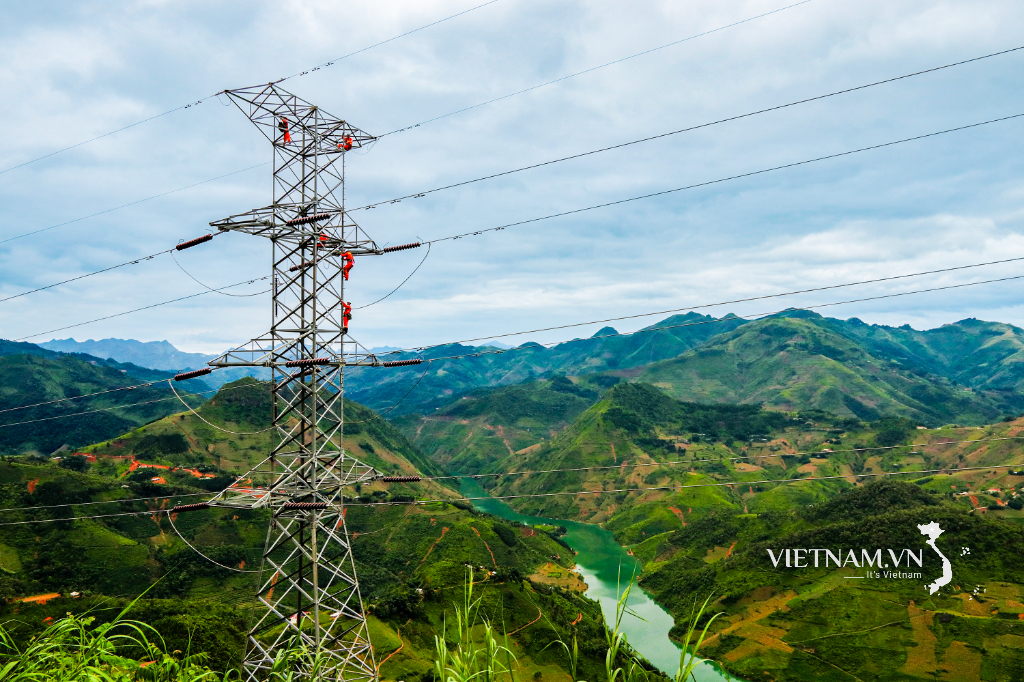



Comment (0)